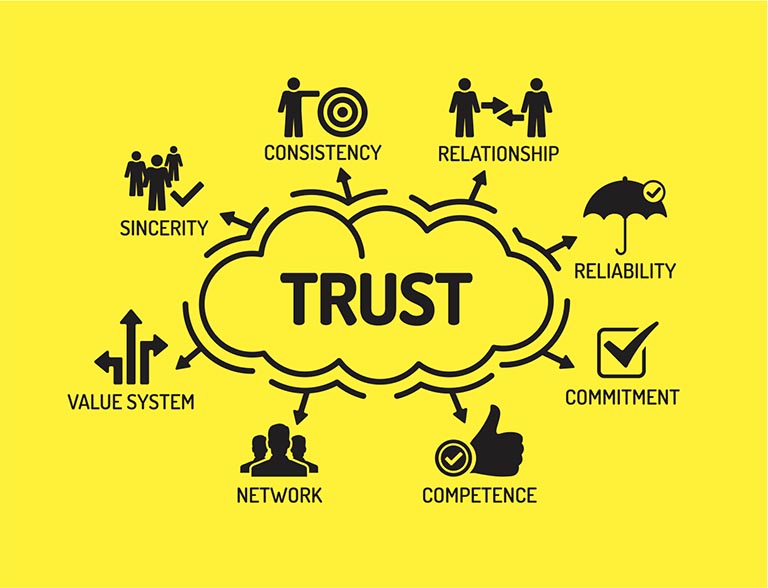Hi everyone, this is my first actual blog on this website. I wanted to talk with you about the issue of trust in distant teams. Let me start by telling you that as a former psycho-therapist, I often dealt with the issues besetting people in relationships both at home and at work. Trust – that is belief that people were who they said they were and would do what they said they would do – was one of the most critical issues – and remains one of the most critical issues in maintaining cooperation in business and personal relationships.Professor Larry Leifer did some research with students in distant teams. One of his findings was that each team member complained that he or she was doing more work than that of the other team members. When Dr. Leifer put cam-corders in the cubes and allowed team members to watch each other at work, either in real time or virtual time, a lot of the complaints subsided.
My consulting work to the corporate world includes helping project managers communicate with, set parameters for, and get results from their counterparts in other parts of the world. It’s frustratingly difficult, many managers tell me.
We’ve set up processes for improving communication and relationships. Among them:
- Allowing team mates to “visit” with each other over the phone. This means a certain amount of casual social conversation – we train to make sure that the conversation stays socially acceptable.
- Cam-corders in cubes where feasible.
- Bringing Silicon Valley managers to the distant sites to get to know the people and the problems they face. Allowing them at the site long enough to really get to know the people with whom they interact.
- Bringing out-of-towners (out-of-country-ers) to the Silicon Valley campus so that they can learn about our processes, quality expectations, style, etc. Of course this is very costly and employers are highly selective when choosing members to makie this trip. In the long run, though, it really pays off when key people learn our ways.
- Clear parameters – which include timeliness, accountability, aesthetics, communication of problems ad delays, promises to get resources when needed, etc.
The long and the short of it is that we trust people much more readily when we have face to face contact with them. We learn to trust them by learning about them, through the casual social communication. We continue to trust them if they honor their word, are clear in their communication and we agree on behaviors and expectations.
That’s my first blog for the week. Hope you find it useful. Please let me know what you think – and what else you’d like from me this week. Thanks. ArLyne Diamond, Ph.D. You can reach me @www.DiamondAssociates.net or e-mail: ArLyneD@aol.com


Practicaly everyone I encounter in the professional world these days is working in distant teams, even if it is just across town. As a consultant, it just takes too much time to drive to meet people all of the time. A few weeks ago I tried to cut a few corners by blasting out emails about a critical change in project plans that impacted people significantly. It bit me BIG TIME!! It would have been a lot more productive and efficient to get each of them up on SKYPE with a video camera and talk through the situation clearly. One-on-one they all understood and could support my decisions. It’s easy to vilify those who are distant from us. I learned a big lesson about taking the time to keep people closely involved in touchy decisions! – Kimberly